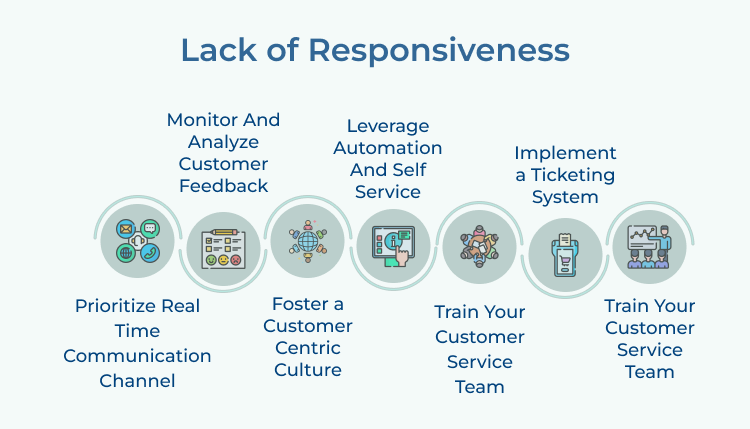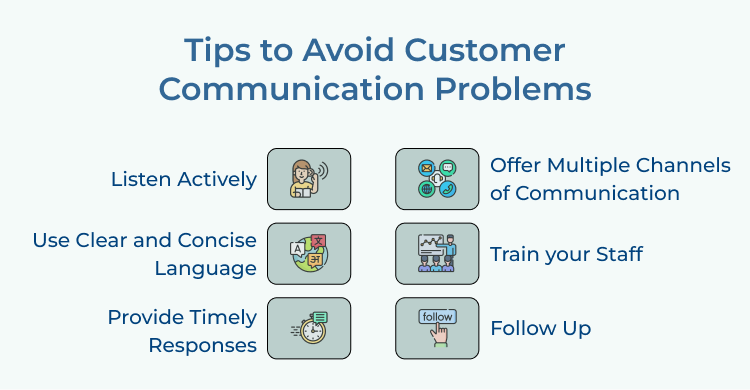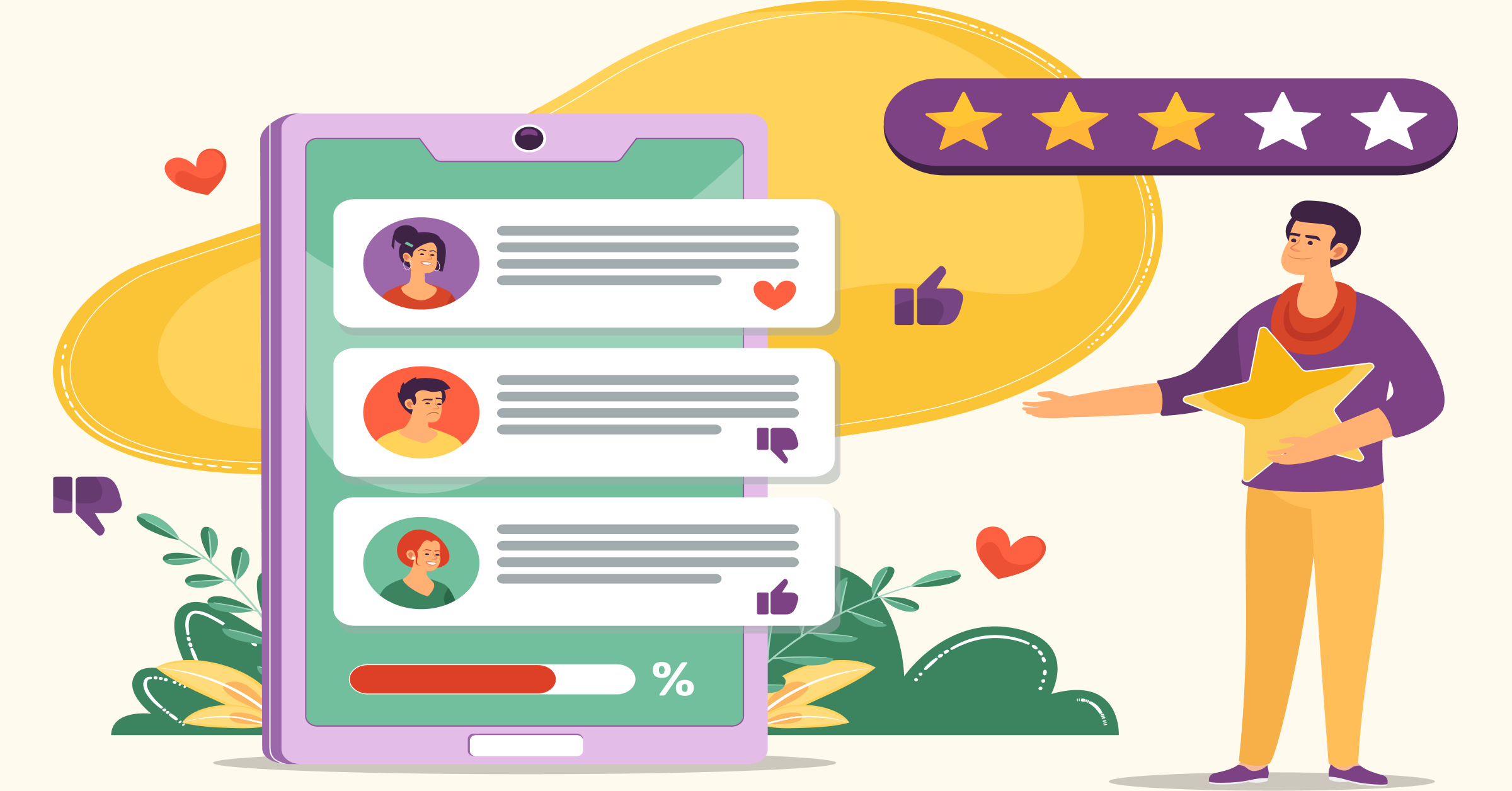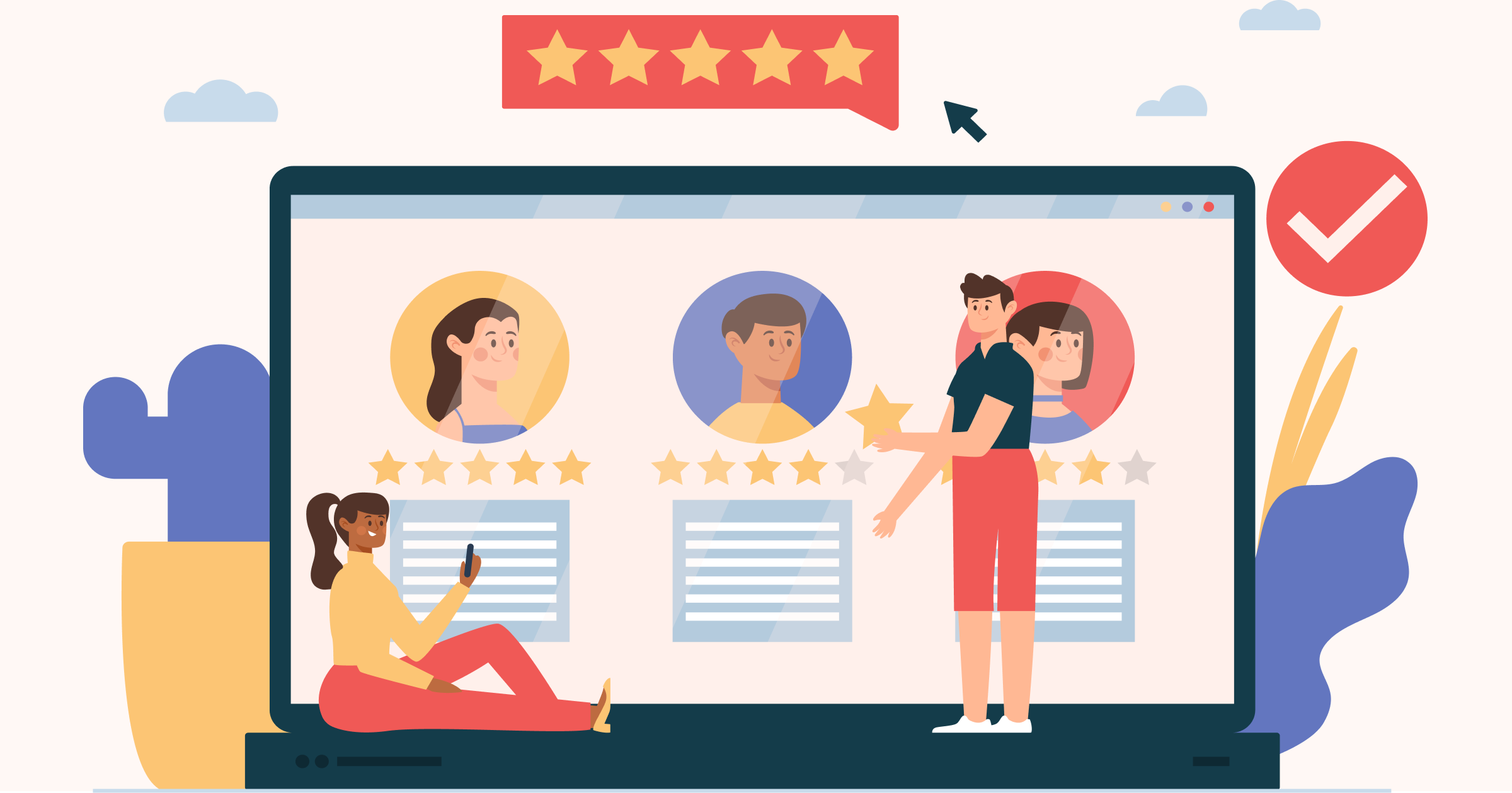- Listen actively: Ensure you take the time to truly understand what your customers are saying and address their concerns accordingly. Avoid interrupting them and provide them with your full attention.
- Use clear and concise language: Avoid technical jargon that may confuse customers. Use simple and clear language that is easy for them to understand. Keep your messages concise to avoid misinterpretation.
- Provide timely responses: Customers appreciate prompt responses to their inquiries or complaints. Make sure to respond to emails, messages or phone calls promptly to show your customers that you value their time and business.
- Offer omni channel communication: Provide multiple channels to reach out to you, such as email, phone, social media, or live chat. It gives them options to choose the most convenient method of communication for them.
- Train your staff: Note that your customer service team is properly trained in effective communication strategies. Provide them with the necessary skills to handle various customer situations and resolve issues diplomatically.
- Follow up: After a customer interaction, follow up with clients to check their concerns have been addressed to their satisfaction. It shows that you value their feedback and are committed to providing excellent customer service.
Examples of Customer Communication Problems
Communication is a key component of any successful business, but sometimes companies can struggle effectively communicating with their customers. In these instances, it is essential to look for innovative solutions to address these issues.
Let’s take a look at some real-life examples of how companies have successfully solved customer communication problems:
1. Zappos
Zappos, an online shoe and clothing retailer, is well-known for its exceptional customer service. One of the ways Zappos has solved customer communication problems is by implementing a 24/7 customer service hotline. Customers can easily reach a live representative at any time of the day or night, allowing for quick and personalized assistance. Zappos also encourages its employees to go the extra mile for customers, resulting in positive word-of-mouth and increased customer loyalty.
2. Buffer
Buffer, a social media management platform, faced challenges in keeping customers informed about product updates and changes. To solve this problem, the company implemented a transparent communication strategy by sharing detailed blog posts and emails with customers. The honest approach has helped Buffer build trust and loyalty with its user base.
3. Slack
Slack, a popular messaging platform for teams, has addressed customer communication problems by providing multiple support channels. In addition to traditional email and phone support. Slack offers a community forum where users can ask questions, share tips and connect with other users. It has created an empowerment among customers.
4. Starbucks
Starbucks, a global coffee chain, has tackled customer communication problems by leveraging social media. The company has a dedicated team that monitors and responds to customer feedback on platforms like Twitter or Facebook. The proactive approach has allowed Starbucks to address concerns in real-time and show customers that their opinions are valued.
Avoid Communication Issues for Enhanced Customer Satisfaction
Effective communication is key to avoiding communication issues and enhancing customer satisfaction. By actively listening to customer needs, businesses can ensure that they are meeting customer expectations and fostering positive relationships.
Remember that communication is a two-way street, so be open to feedback and continuously seek to improve your communication strategies. Businesses can create a positive communication experience by implementing the best practices, which leads to higher satisfaction rates. So, prioritize communication in your business strategy to reap the benefits of enhanced customer satisfaction.










